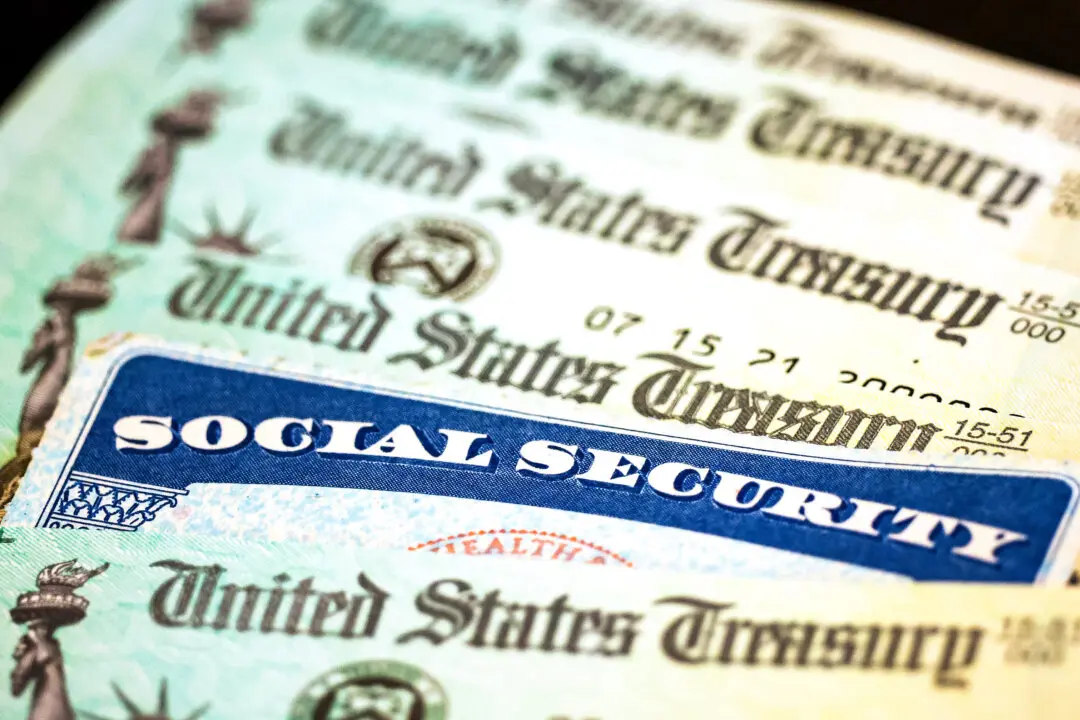Americans who receive supplemental security income (SSI) may see their monthly payments increase following a new rule from the Social Security Administration (SSA). The rule seeks to avoid reducing payments for people receiving rental assistance.
SSI monthly payments are paid to disabled or blind adults and children or to individuals ages 65 and older who have limited income and resources. There is a maximum limit on the monthly payments that people can receive, which for 2024 is set at $943 per person. The amount received by a person can be reduced based on various factors, one of which is their housing situation.





